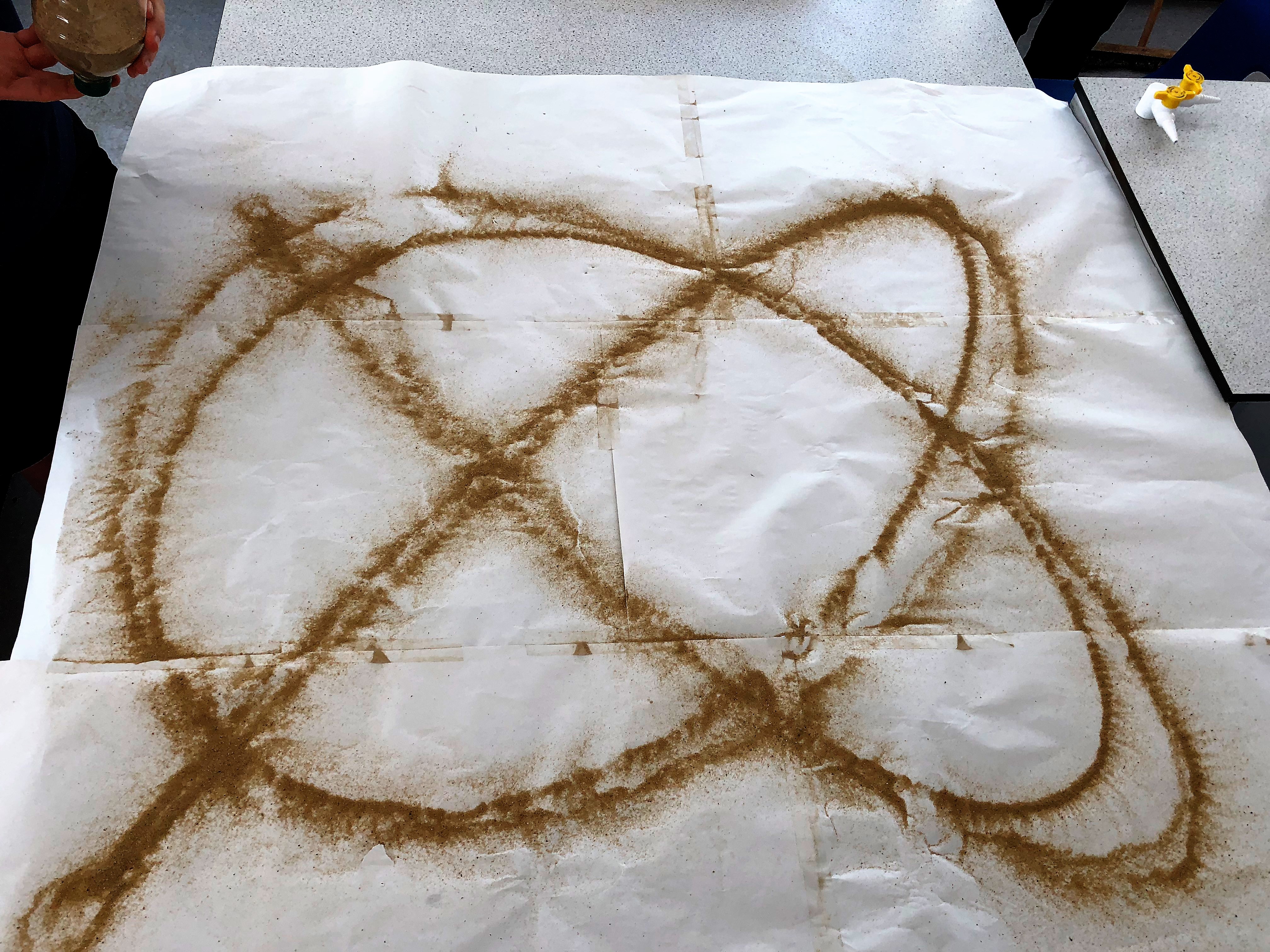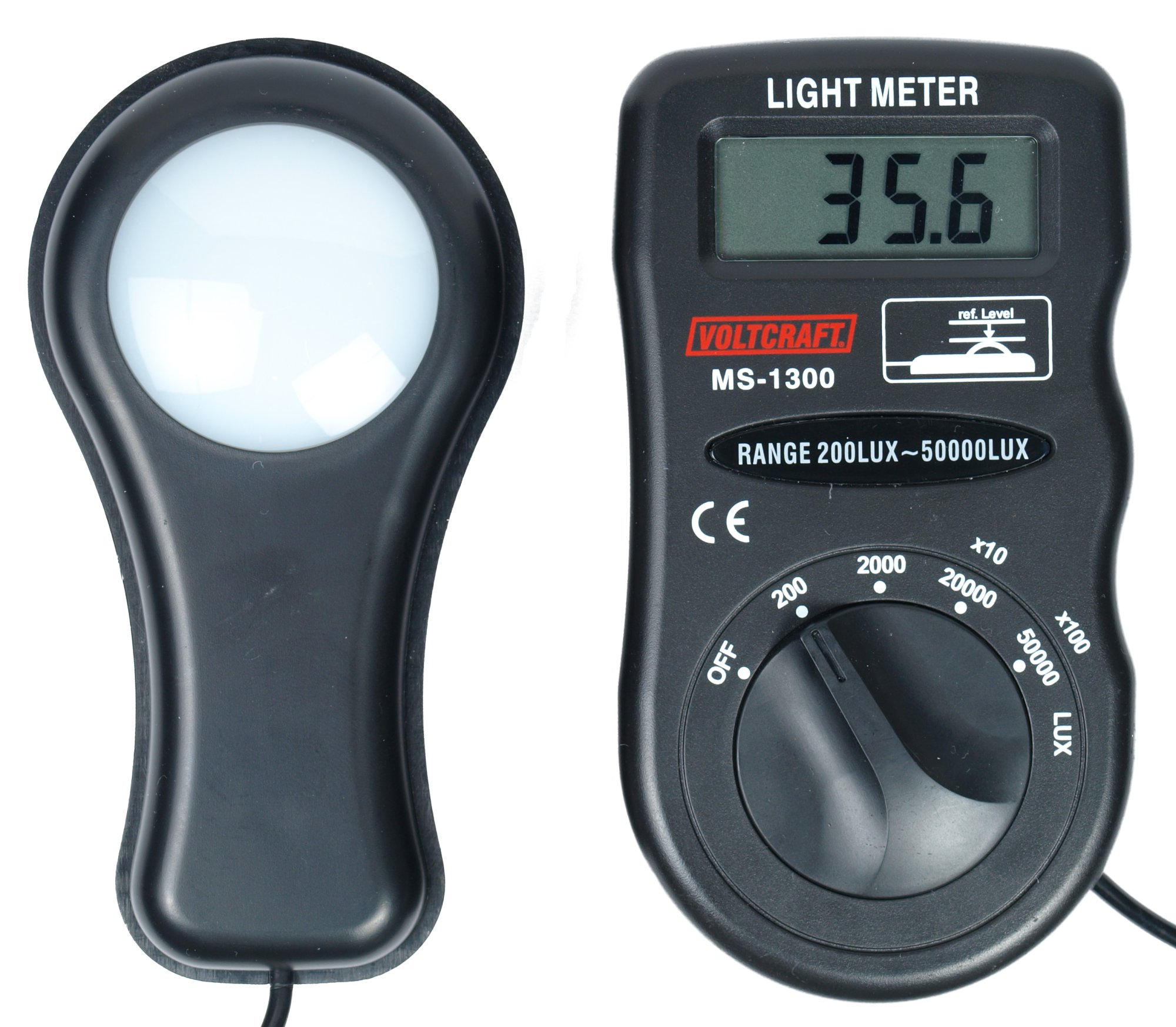|
Kaleidophone
The kaleidophone is a " philosophical toy" that produces moving optical figures. There are several different versions of the kaleidophone, but in all cases at least one slender rod is fixed at one end and has a shiny bead fixed to the other end of the rod. As the rod vibrates the spot is seen to describe Lissajous curves in the air, like a spark whirled about in the darkness. The kaleidophone was invented by Charles Wheatstone, who published an account of the device in 1827.https://people.seas.harvard.edu/~jones/cscie129/papers/koenig_apparatus/Kaleidophone/Kaleidophone.html The name "kaleidophone" was derived from the kaleidoscope, an optical toy invented in 1817 by David Brewster. Wheatstone's photometer A photometer is an instrument that measures the strength of electromagnetic radiation in the range from ultraviolet to infrared and including the visible spectrum. Most photometers convert light into an electric current using a photoresistor, ... was probably suggested ... [...More Info...] [...Related Items...] OR: [Wikipedia] [Google] [Baidu] |
Optical Toys
Optical toys form a group of devices with some entertainment value combined with a scientific, optical nature. Many of these were also known as "philosophical toys" when they were developed in the 19th century. People must have experimented with optical phenomena since prehistoric times and played with objects that influenced the experience of light, color and shadow. In the 16th century some experimental optical entertainment - for instance camera obscura demonstrations - were part of the cabinets of curiosities that emerged at royal courts. Since the 17th century optical tabletop instruments such as the compound microscope and telescope were used for parlour entertainment in richer households . Other, larger devices - such as peep shows - were usually exhibited by travelling showmen at fairs. The phenakistiscope, zoetrope, praxinoscope and flip book a.o. are often seen as precursors of film, leading to the invention of cinema Cinema may refer to: Film * Cinematography, the a ... [...More Info...] [...Related Items...] OR: [Wikipedia] [Google] [Baidu] |
Charles Wheatstone
Sir Charles Wheatstone FRS FRSE DCL LLD (6 February 1802 – 19 October 1875), was an English scientist and inventor of many scientific breakthroughs of the Victorian era, including the English concertina, the stereoscope (a device for displaying three-dimensional images), and the Playfair cipher (an encryption technique). However, Wheatstone is best known for his contributions in the development of the Wheatstone bridge, originally invented by Samuel Hunter Christie, which is used to measure an unknown electrical resistance, and as a major figure in the development of telegraphy. Life Charles Wheatstone was born in Barnwood, Gloucestershire. His father, W. Wheatstone, was a music-seller in the town, who moved to 128 Pall Mall, London, four years later, becoming a teacher of the flute. Charles, the second son, went to a village school, near Gloucester, and afterwards to several institutions in London. One of them was in Kennington, and kept by a Mrs. Castlemaine, who ... [...More Info...] [...Related Items...] OR: [Wikipedia] [Google] [Baidu] |
Optical Toys
Optical toys form a group of devices with some entertainment value combined with a scientific, optical nature. Many of these were also known as "philosophical toys" when they were developed in the 19th century. People must have experimented with optical phenomena since prehistoric times and played with objects that influenced the experience of light, color and shadow. In the 16th century some experimental optical entertainment - for instance camera obscura demonstrations - were part of the cabinets of curiosities that emerged at royal courts. Since the 17th century optical tabletop instruments such as the compound microscope and telescope were used for parlour entertainment in richer households . Other, larger devices - such as peep shows - were usually exhibited by travelling showmen at fairs. The phenakistiscope, zoetrope, praxinoscope and flip book a.o. are often seen as precursors of film, leading to the invention of cinema Cinema may refer to: Film * Cinematography, the a ... [...More Info...] [...Related Items...] OR: [Wikipedia] [Google] [Baidu] |
Lissajous Curve
A Lissajous curve , also known as Lissajous figure or Bowditch curve , is the graph of a system of parametric equations : x=A\sin(at+\delta),\quad y=B\sin(bt), which describe the superposition of two perpendicular oscillations in x and y directions of different angular frequency (''a'' and ''b).'' The resulting family of curves was investigated by Nathaniel Bowditch in 1815, and later in more detail in 1857 by Jules Antoine Lissajous (for whom it has been named). Such motions may be considered as a particular of kind of complex harmonic motion. The appearance of the figure is sensitive to the ratio . For a ratio of 1, when the frequencies match a=b, the figure is an ellipse, with special cases including circles (, radians) and lines (). A small change to one of the frequencies will mean the x oscillation after one cycle will be slightly out of synchronization with the y motion and so the ellipse will fail to close and trace a curve slightly adjacent during the next orbit sho ... [...More Info...] [...Related Items...] OR: [Wikipedia] [Google] [Baidu] |
Kaleidoscope
A kaleidoscope () is an optical instrument with two or more reflecting surfaces (or mirrors) tilted to each other at an angle, so that one or more (parts of) objects on one end of these mirrors are shown as a regular symmetrical pattern when viewed from the other end, due to repeated reflection. These reflectors are usually enclosed in a tube, often containing on one end a cell with loose, colored pieces of glass or other transparent (and/or opaque) materials to be reflected into the viewed pattern. Rotation of the cell causes motion of the materials, resulting in an ever-changing view being presented. Etymology Coined by its Scottish inventor David Brewster, "kaleidoscope" is derived from the Ancient Greek word καλός (''kalos''), "beautiful, beauty", εἶδος (''eidos''), "that which is seen: form, shape" and σκοπέω (''skopeō''), "to look to, to examine", hence "observation of beautiful forms." It was first published in the patent that was granted on July 10 ... [...More Info...] [...Related Items...] OR: [Wikipedia] [Google] [Baidu] |
David Brewster
Sir David Brewster KH PRSE FRS FSA Scot FSSA MICE (11 December 178110 February 1868) was a British scientist, inventor, author, and academic administrator. In science he is principally remembered for his experimental work in physical optics, mostly concerned with the study of the polarization of light and including the discovery of Brewster's angle. He studied the birefringence of crystals under compression and discovered photoelasticity, thereby creating the field of optical mineralogy.A. D. Morrison-Low (2004) "Brewster, Sir David (1781–1868)" in ''Oxford Dictionary of National Biography'' For this work, William Whewell dubbed him the "father of modern experimental optics" and "the Johannes Kepler of optics." A pioneer in photography, Brewster invented an improved stereoscope, which he called "lenticular stereoscope" and which became the first portable 3D-viewing device. He also invented the stereoscopic camera, two types of polarimeters, the polyzonal lens, the li ... [...More Info...] [...Related Items...] OR: [Wikipedia] [Google] [Baidu] |
Photometer
A photometer is an instrument that measures the strength of electromagnetic radiation in the range from ultraviolet to infrared and including the visible spectrum. Most photometers convert light into an electric current using a photoresistor, photodiode, or photomultiplier. Photometers measure: *Illuminance *Irradiance *Light absorption * Scattering of light *Reflection of light *Fluorescence *Phosphorescence *Luminescence History Before electronic light sensitive elements were developed, photometry was done by estimation by the eye. The relative luminous flux of a source was compared with a standard source. The photometer is placed such that the illuminance from the source being investigated is equal to the standard source, as the human eye can judge equal illuminance. The relative luminous fluxes can then be calculated as the illuminance decreases proportionally to the inverse square of distance. A standard example of such a photometer consists of a piece of paper with an o ... [...More Info...] [...Related Items...] OR: [Wikipedia] [Google] [Baidu] |
English Inventions
English inventions and discoveries are objects, processes or techniques invented, innovated or discovered, partially or entirely, in England by a person from England. Often, things discovered for the first time are also called inventions and in many cases, there is no clear line between the two. Nonetheless, science and technology in England continued to develop rapidly in absolute terms. Furthermore, according to a Japanese research firm, over 40% of the world's inventions and discoveries were made in the UK, followed by France with 24% of the world's inventions and discoveries made in France and followed by the US with 20%. The following is a list of inventions, innovations or discoveries known or generally recognised to be English. Agriculture * 1627: Publication of first experiments in Water desalination and filtration by Sir Francis Bacon (1561–1626). * 1701: Seed drill improved by Jethro Tull (1674–1741). *18th century: of the horse-drawn hoe and scarifier by Je ... [...More Info...] [...Related Items...] OR: [Wikipedia] [Google] [Baidu] |
1820s Toys
Eighteen or 18 may refer to: * 18 (number), the natural number following 17 and preceding 19 * one of the years 18 BC, AD 18, 1918, 2018 Film, television and entertainment * ''18'' (film), a 1993 Taiwanese experimental film based on the short story ''God's Dice'' * ''Eighteen'' (film), a 2005 Canadian dramatic feature film * 18 (British Board of Film Classification), a film rating in the United Kingdom, also used in Ireland by the Irish Film Classification Office * 18 (''Dragon Ball''), a character in the ''Dragon Ball'' franchise * "Eighteen", a 2006 episode of the animated television series ''12 oz. Mouse'' Music Albums * ''18'' (Moby album), 2002 * ''18'' (Nana Kitade album), 2005 * '' 18...'', 2009 debut album by G.E.M. Songs * "18" (5 Seconds of Summer song), from their 2014 eponymous debut album * "18" (One Direction song), from their 2014 studio album ''Four'' * "18", by Anarbor from their 2013 studio album ''Burnout'' * "I'm Eighteen", by Alice Cooper commonly re ... [...More Info...] [...Related Items...] OR: [Wikipedia] [Google] [Baidu] |
Patterns
A pattern is a regularity in the world, in human-made design, or in abstract ideas. As such, the elements of a pattern repeat in a predictable manner. A geometric pattern is a kind of pattern formed of geometric shapes and typically repeated like a wallpaper design. Any of the senses may directly observe patterns. Conversely, abstract patterns in science, mathematics, or language may be observable only by analysis. Direct observation in practice means seeing visual patterns, which are widespread in nature and in art. Visual patterns in nature are often chaotic, rarely exactly repeating, and often involve fractals. Natural patterns include spirals, meanders, waves, foams, tilings, cracks, and those created by symmetries of rotation and reflection. Patterns have an underlying mathematical structure; indeed, mathematics can be seen as the search for regularities, and the output of any function is a mathematical pattern. Similarly in the sciences, theories explain and predict reg ... [...More Info...] [...Related Items...] OR: [Wikipedia] [Google] [Baidu] |
19th-century Inventions
The 19th (nineteenth) century began on 1 January 1801 ( MDCCCI), and ended on 31 December 1900 ( MCM). The 19th century was the ninth century of the 2nd millennium. The 19th century was characterized by vast social upheaval. Slavery was abolished in much of Europe and the Americas. The First Industrial Revolution, though it began in the late 18th century, expanding beyond its British homeland for the first time during this century, particularly remaking the economies and societies of the Low Countries, the Rhineland, Northern Italy, and the Northeastern United States. A few decades later, the Second Industrial Revolution led to ever more massive urbanization and much higher levels of productivity, profit, and prosperity, a pattern that continued into the 20th century. The Islamic gunpowder empires fell into decline and European imperialism brought much of South Asia, Southeast Asia, and almost all of Africa under colonial rule. It was also marked by the collapse of the large ... [...More Info...] [...Related Items...] OR: [Wikipedia] [Google] [Baidu] |



.jpg)


.jpg)

